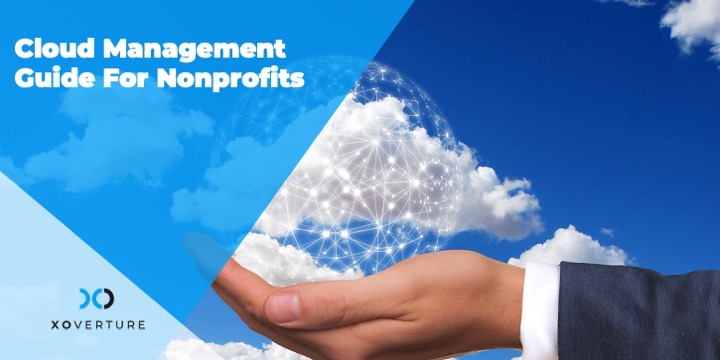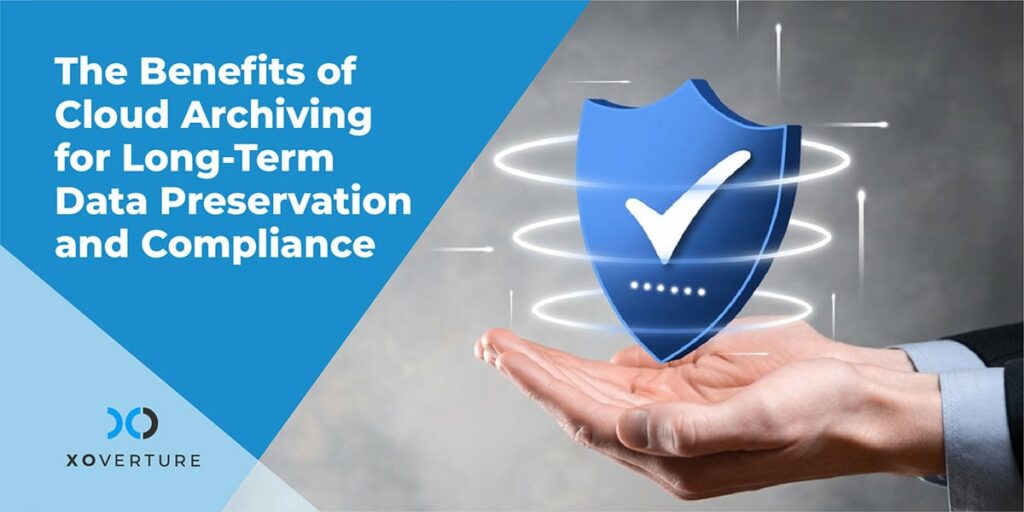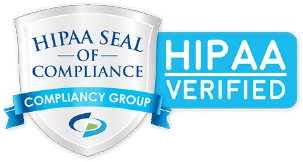The shift to cloud-based technology is the biggest trend in nonprofit technology today. Nonprofit organizations frequently handle both short-term and long-term goals concurrently while operating on a tight budget due to donor expectations. Microsoft cloud for nonprofits is a great approach to reduce expenses and enhance the ratio of funds spent on core missions to administrative costs.
Nonprofit organizations now have access to technological advantages that, in the past, were exclusively available to for-profit organizations or well-known nonprofits. It’s becoming increasingly common for organizations to employ business technology, as vendors now provide nonprofit versions of their cloud software, frequently at reduced pricing.
Nonprofit organizations can increase workforce and operational efficiencies in ways that are more like businesses thanks to web-based solutions for donor management, accounting, marketing, and more.
Let’s take a look at the benefits of cloud management for nonprofits. But first, let us understand why nonprofits must move to the cloud:
Why Should Nonprofits Move To The Cloud?
Many businesses are reluctant to switch to the cloud because of the anticipated costs, especially those with limited resources. However, maintaining your own information comes with one of the greatest expenditures in IT. A server room is quite expensive to run and maintain. The cloud, though, is the best option.
In contrast to their on-premises infrastructure, businesses and nonprofits can switch to the cloud and save money. Businesses can avoid paying for maintenance, power, and space rental by getting rid of servers and other hardware.
How To Grow Your Nonprofit With Cloud Management
Craft A Migration Strategy
Migration is a vital part of the entire cloud strategy for nonprofits that are embarking on their cloud journey. There is a lot of pressure to get a lot done with limited resources and onerous regulatory requirements.
The first thing to consider is whether workloads and apps should be moved to the cloud, keeping in mind whether or not they are essential for reducing operational expenses or important for supporting the agency’s overall goal. Applications or workloads should be categorized as having a lower priority for migration if they do not fit into the aforementioned categories.
Lift and shift, partial and full refactoring, as well as implementing platform-as-a-service or software-as-a-service, are some of the migration alternatives. Nonprofit organizations can move more quickly through their migration process with the assistance of some cloud management platforms.
Merge Cloud And Business KPIs
The ultimate objective of cloud management for nonprofits is to completely incorporate the cloud into your nonprofit organization; the key is to incorporate cloud methodologies into users’ daily activities both inside and outside of IT.
You must integrate cloud and operational KPIs with the organization’s business KPIs in order to assess the impact of cloud consumption. These KPIs could measure things like the time it takes to launch new services, the number of open compliance issues, community satisfaction, and more.
Scalable Solutions
Additionally, when your nonprofit organization grows, cloud-based solutions make it simpler to scale your software. You aren’t constrained by the computing power of your organization’s computers because you don’t have to store the software there.
Also, using cloud storage lowers the cost of maintaining your own server space for the data that the software controls. You will then be free to reallocate those funds to other growth areas once this cost is reduced.
Improved Speed
Your nonprofit must be agile in its adaptation as the environment you serve changes swiftly. With Microsoft cloud for nonprofit solutions, you may scale as quickly as you need without having to physically upgrade your servers’ software.
Optimized Environment
Your information expands along with you as you grow, so you’ll need software that is designed to handle the extra data. By implementing an established cloud-based solution, your software provider will keep up with system optimization, allowing you to concentrate on your business.
Remote Access
You could access your program from anywhere because you would be hosting it online. With the cloud, you have the ability to manage your information from wherever your work takes you or recruit additional remote staff.
Ease Of Use
Cloud management for nonprofits platform can simplify all of your needs in a number of ways. One major benefit is the orchestration and control of expenses, which will swoon any business. But that’s not all.
Additionally, projects can be completed more quickly and easily due to the productivity of workflows that can be streamlined. Work-life balance and burnout may benefit inadvertently from cloud management systems.
Making your IT staff’s job simpler can lower their level of stress, reduce their workload, and offer them more time for breaks. Your experienced technical staff, who know how to handle key cloud computing services from top to bottom, is the one thing your business won’t want to lose.
Stay Secure With cloud
It’s crucial to be sure that your subscription covers the security, backups, and disaster recovery offered by clouds like Microsoft Azure. Having a safe cloud hosting environment and safeguarding your operations and data gives you a lot of peace of mind.
Minimum Data Entry With System Integration
Nonprofit systems frequently require linking to meet the increased demands for data and efficiency. For example, when it comes to nonprofit integration requests, accounting, and fundraising systems are often at the top of the list. An increasing number of businesses today require greater integration between payroll and HR systems. Cloud makes it possible.
Finally
Whether you’re seeking help with creating a comprehensive roadmap for cloud migration, managing, or deploying the right technology, a good cloud managing partner like XO can be of great help.






